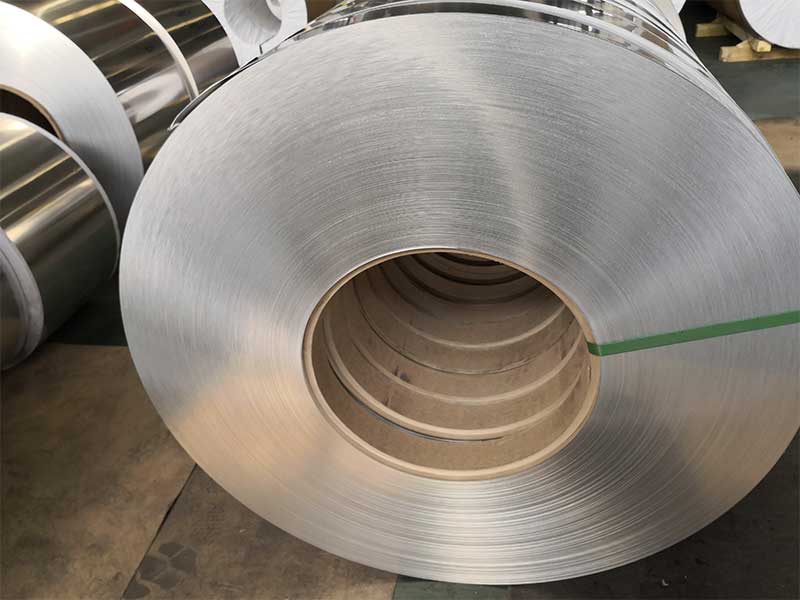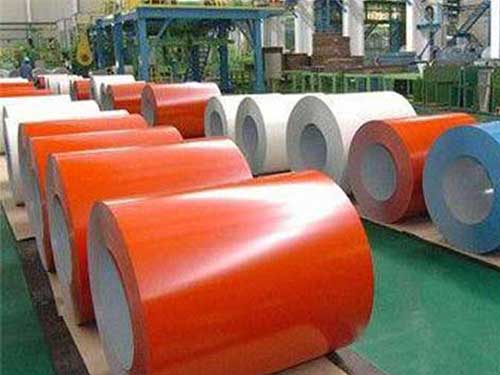Mill Finish 5051 5005 5754 5083 H26 H14 H18 Aluminium Coil
Mill Finish aluminum coils in grades 5051, 5005, 5754, and 5083 combined with tempers H26, H14, and H18 represent a versatile group of aluminum alloys widely used across various industries. Known for their excellent corrosion resistance, moderate to high strength, and good formability, these aluminum coils are highly valued for applications such as marine components, architectural elements, automotive parts, and transportation equipment.
| Alloy | Characteristics | Common Uses |
|---|---|---|
| 5051 | Higher strength magnesium alloy, excellent corrosion resistance | Marine environment structures, chemical storage, truck trailer skins |
| 5005 | Good corrosion resistance and moderate strength, excellent paintability | Architectural panels, siding, roofing |
| 5754 | Medium strength 5xxx alloy, good corrosion resistance | Automotive body panels, structural parts, pressure vessels |
| 5083 | High strength marine alloy, excellent corrosion resistance | Ships, submarines, tankers, cryogenic applications |
| Temper | Description |
|---|---|
| H14 | Strain hardened to medium strength, good formability |
| H18 | Full hard strain hardened, highest strength in strain hardened grades |
| H26 | Strain hardened and partially annealed - balanced strength and ductility |
Chemical Composition
The chemical composition varies by grade to tailor mechanical and corrosion resistance properties. Mill specifications ensure tightly controlled elemental levels:
Working with Mill Finish 5051, 5005, 5754, and 5083 H26, H14, and H18 aluminum coils daily, I've developed a keen awareness of their subtle differences. While all are excellent choices for various applications, their temper (H26, H14, H18) significantly impacts workability. H26, being the softest, is a dream to form, requiring less energy and producing less scrap. Conversely, the H18 temper, while offering superior strength, demands more careful handling during processing to avoid cracking or distortion. We see a lot of 5052 used for its corrosion resistance, particularly in marine environments, while 5083 finds its niche in applications requiring high strength-to-weight ratios. The nuances in these alloys are fascinating – a slight variation in composition leads to significantly different processing requirements and ultimate product suitability.
One aspect often overlooked is the mill finish itself. It might seem simple, but variations in surface finish – even within the same alloy and temper – directly impact downstream processes like coating or painting. Sometimes, a batch will arrive with a slightly rougher surface than usual, which then requires adjustments to our pre-treatment lines to ensure consistent adhesion. Furthermore, we've discovered that proper storage is critical to maintaining the quality of the mill finish. Exposure to moisture or contaminants can cause
| Element | 5051 (wt%) | 5005 (wt%) | 5754 (wt%) | 5083 (wt%) |
|---|---|---|---|---|
| Aluminum | Balance | Balance | Balance | Balance |
| Magnesium (Mg) | 2.2 – 2.8 | 0.5 – 1.1 | 3.0 – 4.0 | 4.0 – 4.9 |
| Manganese (Mn) | 0.3 max | 0.0 – 0.2 | 0.5 – 1.0 | 0.4 – 1.0 |
| Chromium (Cr) | 0.3 max | < 0.1 | 0.05 – 0.25 | 0.05 – 0.25 |
| Iron (Fe) | 0.4 max | 0.7 max | 0.4 max | 0.4 max |
| Silicon (Si) | 0.4 max | 0.3 – 0.7 | 0.4 max | 0.4 max |
Mechanical Properties (Representative values)
| Property | 5051-H26 | 5005-H14 | 5754-H18 | 5083-H26 |
|---|---|---|---|---|
| Tensile Strength (MPa) | 210 – 270 | 130 – 150 | 260 – 290 | 290 – 320 |
| Yield Strength (MPa) | 130 – 170 | 90 – 120 | 230 – 250 | 215 – 265 |
| Elongation (%) | 10 – 20 | 12 – 17 | 7 – 12 | 12 – 16 |
| Hardness (HB) | 65 – 85 | 45 – 60 | 85 – 105 | 90 – 110 |
Note: Actual mechanical properties will vary with coil thickness and exact temper treatments.
Surface Features: Mill Finish
The “Mill Finish” surface refers to the natural finish right off the mill without further surface treatment or coating.
- Texture: Slightly matte and brushed with occasional streaks and varying brightness
- Surface Quality: Free from major surface defects such as scratches or dents; shows heritage marks of rolling process
- Workability: Best suited for applications where the coil will undergo further surface work such as anodizing, painting, forming
- Cost Efficiency: Eliminates costly finishing processes resulting in better price competitiveness
Advantages of Mill Finish Aluminum Coils 5051/5005/5754/5083
- High Corrosion Resistance: Excellent resistance to chloride and marine atmosphere due to high magnesium content
- Good Weldability and Fabrication: Common in structural, transport, and marine applications requiring robust weld characteristics
- Strong and Durable: Strength values making them appropriate for medium to heavy-duty applications
- Versatile Forming: Tempers such as H14 and H26 ensure that forming and bending operations are achievable without cracking
- Thermal and Electrical Conductivity: Moderate thermal conductivity suitable for heat exchange applications
Applications
| Industry Sector | Typical Applications | Remarks |
|---|---|---|
| Marine & Offshore | Ship hulls, decks, decks fittings, and panels | Particularly 5083 and 5051 for saltwater exposure |
| Automotive | Panels, wheels, fuel tanks | 5754 commonly for body panels and structural parts |
| Architecture & Construction | Roofing sheets, siding, decorative panels | Primarily 5005 due to excellent paint adhesion |
| Transportation & Trailers | Truck body panels, refrigerated truck units | Balanced strength and corrosion resistance |
| Chemical & Food Processing | Tanks, storage units, containers | Non-toxic, corrosion inert material for equipment manufacture |
https://www.al-alloy.com/a/mill-finish-5051-5005-5754-5083-h26-h14-h18-aluminium-coil.html



